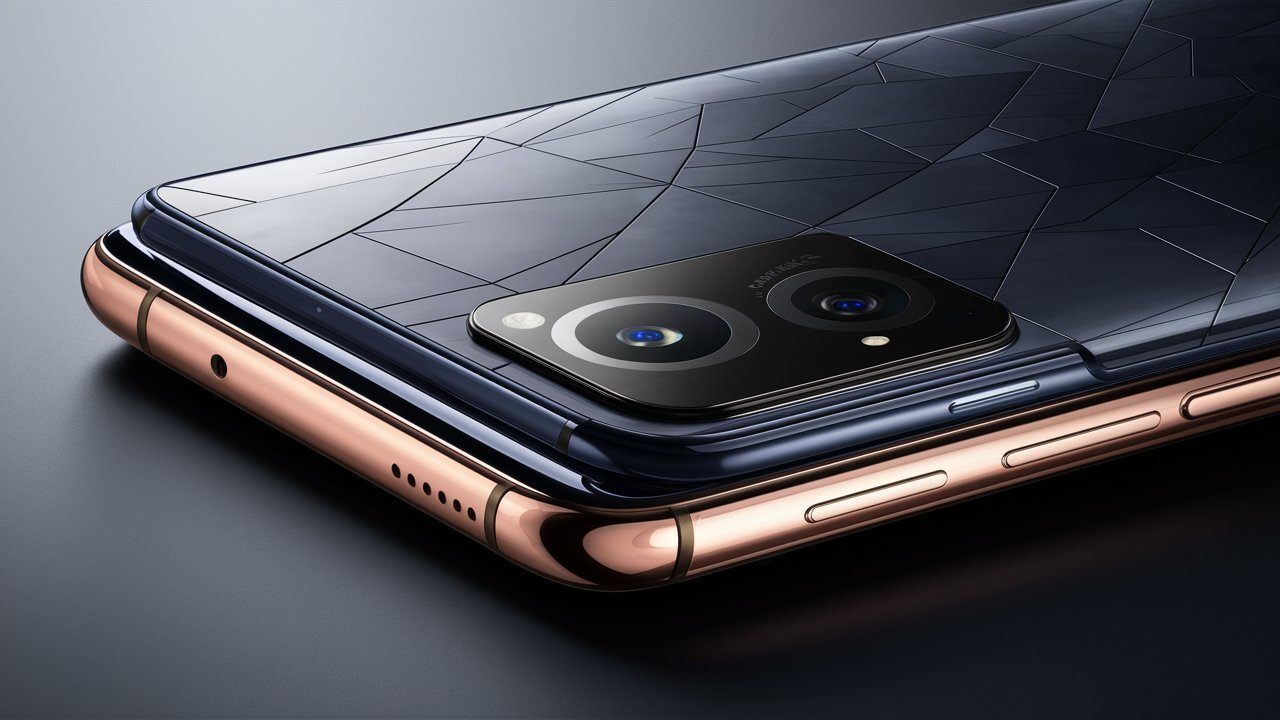
The Chinese smartphone maker Oppo isn't as well known in the western world as rivals Huawei or Xiaomi, but the brand is renowned for its camera-centric approach to smartphone design and has been responsible for quite a number of innovations in mobile imaging.
For example, Oppo introduced swiveling camera modules in its N-series, the first sensor-based image stabilization system on a smartphone and the first periscope-style 5x zoom on a smartphone.
Now, the company has launched its latest flagship, the Oppo Find 2X Pro, and, at least on paper, the new model has everything it needs to take on the flagship competition from Apple, Samsung, Huawei and other more established rivals.
The below video is the entire launch presentation from Oppo:
Triple camera with ultra-wide and 5x tele
The Find X2 Pro comes with a triple camera setup, that covers focal lengths from a 16. 5mm ultra-wide-angle to a 5x tele with a whopping 129mm equivalent lens, making it one of the most versatile mobile cameras in the market.
The primary camera uses a 48MP Sony IMX689 Quad-Bayer sensor that produces 12MP output files. At 1/1. 4" it's almost as large as the main sensor in the Xiaomi Mi 10 Pro (1/1. 33") and larger than those of the Huawei Mate 30 Pro (1/1. 7") and Apple iPhone 11 Pro Max (1/2. 55"). In combination with the fast F1. 7 aperture and optical image stabilization this should make for very decent low light performance.
The 5x tele camera offers more reach than most rivals in the high-end bracket of the market and is only matched by the Huawei P30 Pro and Oppo's own Reno 10x Zoom. The 1/3. 4" sensor size in this camera is in line with other high-end tele cameras. OIS is on board on this module as well but with an F3 aperture zooming in low light conditions is likely not recommended. The tele module uses image fusion and other computational methods to achieve a 10x 'hybrid zoom' and offers a 60x maximum zoom factor.
Like the primary module, the ultra-wide uses a 48MP Quad-Bayer sensor albeit a smaller model. Still, at 1/2" it's one of the currently largest sensors in an ultra-wide and only topped by the 1/1. 54" sensor in the Mate 30 Pro. The F2. 2 aperture is not the fastest we have seen but in line with most rivals.
In addition, the Find X2 Pro is the first smartphone to offer a PDAF system with 100 percent focus pixels and comes with a dedicated night mode that works on all three camera modules.
4K HDR video
On the video side of things, the new Oppo comes with an upgraded image stabilization algorithm that works on both the ultra-wide and primary cameras. Unlike on some recent flagships, there's no 8K video but the Oppo can record 4K footage at 60fps and is one of the very few devices to support HDR video.
Top-end processing power
Non-camera specifications and features are all worthy of a true flagship as well. The new device is powered by Qualcomm's brand new top-end chipset Snapdragon 865 which supports UFS 3. 0 for fast read and write speeds, as well as 5G connectivity and uses OPPO Smart 5G technology to navigate between 4G, 5G, and WiFi network environments.
The 4260mAh battery supports SuperVOOC 2. 0 fast charging which, according to Oppo, can deliver a full charge in only 38 minutes.
120Hz color-calibrated AMOLED display
Images can be viewed and other content consumed on a color-calibrated 120Hz QHD+ AMOLED display with a whopping 3168 x 1440 pixels. Oppo says the new screen offers, ultra-low screen reflectivity and improves smoothness as well as operation feedback, thanks to a 240Hz high touch sampling rate. To deliver adequate audio output, the Find X2 Pro comes with dual speakers and Dolby Atmos which can automatically adjust to applications, such as music playback, movie watching or gaming.
Flagship pricing
As you would expect, this innovative tech comes at a price. The Find X2 Pro with 12GB of RAM and 512GB of internal storage will set you back 1,199 EUR in Europe (approximately $1,355). If that sounds a little bit rich for your taste Oppo also offers the Find X2 at 999 EUR (approximately $1,130). It comes with the same chipset and display as the Pro version but only 256GB of internal storage and a very slightly smaller battery.
In the camera, the primary and ultra-wide are the same as for the Pro but the tele lens is a more conventional variant that offers a '5x hybrid' zoom factor. Oppo has not provided much detail on this camera yet but presumably, the reach is achieved using a 2x or 3x lens in combination with super-resolution and image fusion algorithms.
Both devices will be available globally in the coming months.
. dpreview.com2020-3-6 14:55

